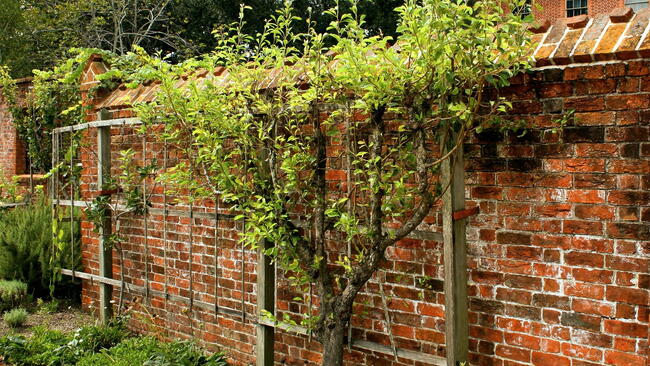
How to Plant, Grow, and Prune Arborvitae Trees
ADVERTISEMENT
We had the most beautiful fence of Arborvitae at our home in Wilbraham, Ma. Until one year the deer got very hungry and ate it all ! We did try again...but that fence came down, too ! The deer love Arborvitae !! And, I guess, we didn't mind all that much...they are such beautiful creatures. My husband always said..."wait till spring, you wo'nt love them so much then !" But we always did ! We live in Florida now and will always miss NE and the changing seasons. Happy Thanksgiving !
Probably everyone with a garden has some arborvitae already but if not, get some! Plan on 5 to 7 years for maximum height and width. Rarely will you need to prune, if at all. Once established, they are nearly care free. I haven't fertilized them at all but reading the article, I suppose I could. I give a nice, long drink with a slow running hose near the base of each tree 2 or 3 times a season if it's on the dry side, maybe 5 minutes each. Spiders and spider mites, as mentioned, do seem to like making them home. I leave the spiders alone, they are harmless. Had spider mites twice, but not this year. The solution is very easy, just spray down each tree a few times per summer. They are classic along a fence or a single tree in a corner, etc. I do clean out debris from underneath in spring and fall so the trunk isn't smothered - leaf blower makes it easy. As with anything, tend carefully the first year after planting. Once established, they're usually good to go.









Comments